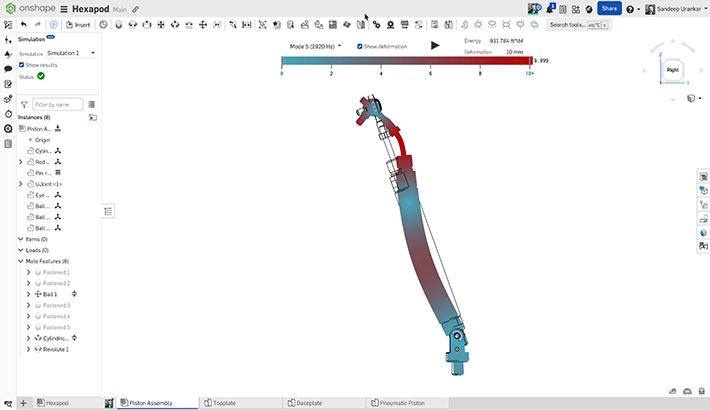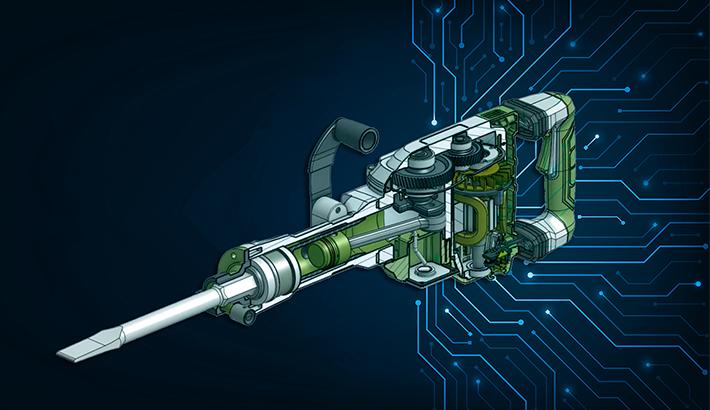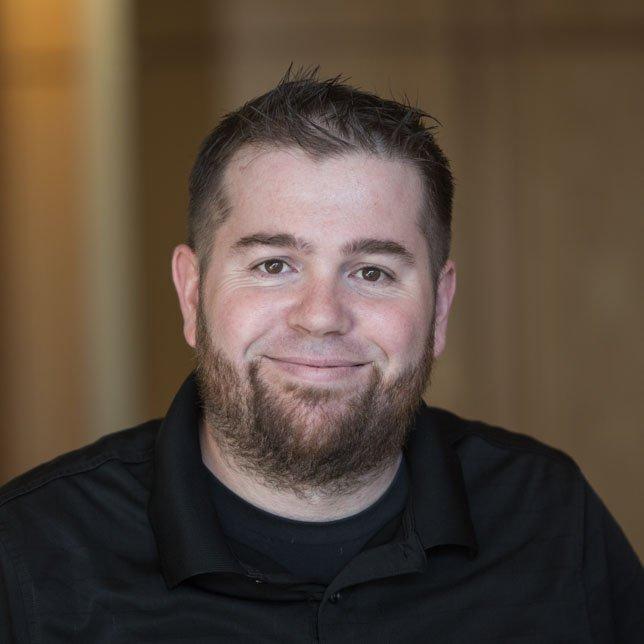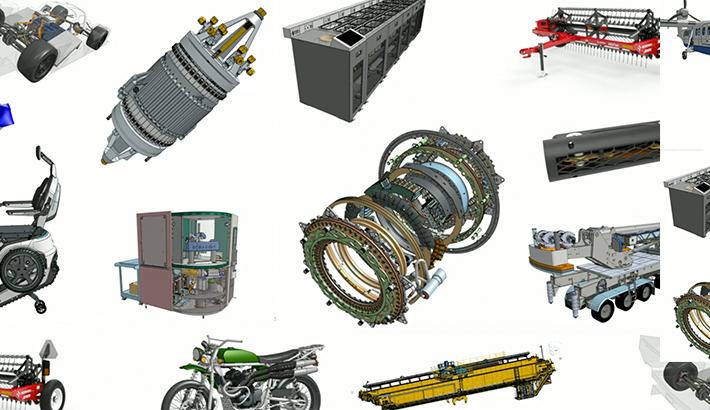The Challenge
A Sonos division tasked with productizing innovative transducer designs aimed to open the floodgates for experimentation. They required a platform that would foster collaboration, allowing a dispersed team of engineers and sound specialists to quickly iterate and test design concepts. Their goal: To pursue optimal transducer designs that meet Sonos’ stringent sound quality standards while enabling scalable mass production.
With Onshape’s cloud-native platform, the Sonos hardware team orchestrated transducer innovation with the agility typically associated with software development. Onshape’s features, including branching and merging, real-time accessibility, and version control capabilities, enabled their far-flung engineering team to explore transducer candidates without the drag of cumbersome check-out and check-in workflows and unnecessary delays.
Results
- Onshape’s branching and merging capabilities reduced the time it took to land on an optimized solution by as much as 30%. This fast-tracked design exploration is more typically associated with software development, not hardware development.
- Sonos fostered out-of-the-box innovation by utilizing a near-limitless design canvas, producing design iterations overnight as opposed to days or weeks.
- By leveraging Onshape’s integrated simulation capabilities and more efficient workflows, the Sonos team tripled design capacity without increasing engineering headcount. They delivered CAD capabilities across the entire Netherlands-based design team at reduced costs.
- Sonos ensured design for manufacturability through collaborative design workflows and tool accessibility for diverse stakeholders.
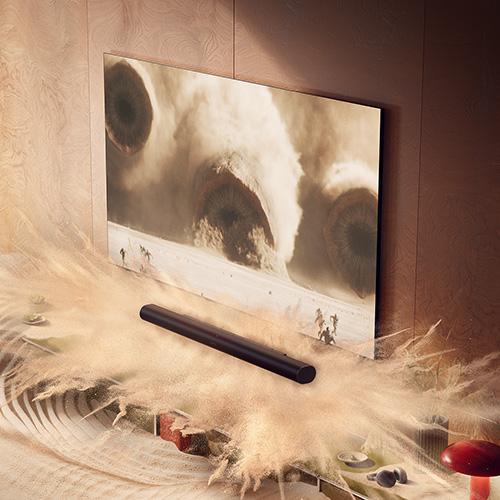
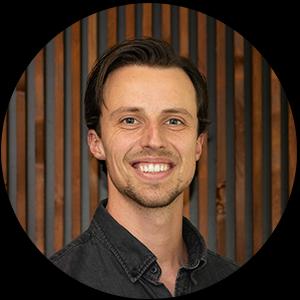

Onshape enables you to enjoy all that is engineering—innovating parts, iterative design cycles, and materializing your ideas. It makes the work more fun.’’

Experimentation and design innovation is music to the ears of Sonos engineers aiming to harmonize the quest for high-quality sound solutions with workflows and tools that accelerate time-to-market.
The global audio technology leader, specializing in wireless speakers and home theater systems, pioneered the concept of user friendly, easy-to-integrate multi-room audio solutions. Its mission is to make the highest quality audio universally accessible compared to traditional sound systems that are typically difficult to use and aren’t reliably compatible with modern streaming music services. Sonos is renowned for easy expansion, allowing additional speakers and components to be added at will through standard WiFi connectivity. This flexible architecture has become a core selling point for customers wanting to grow their sound ecosystem both inside and outside the home.
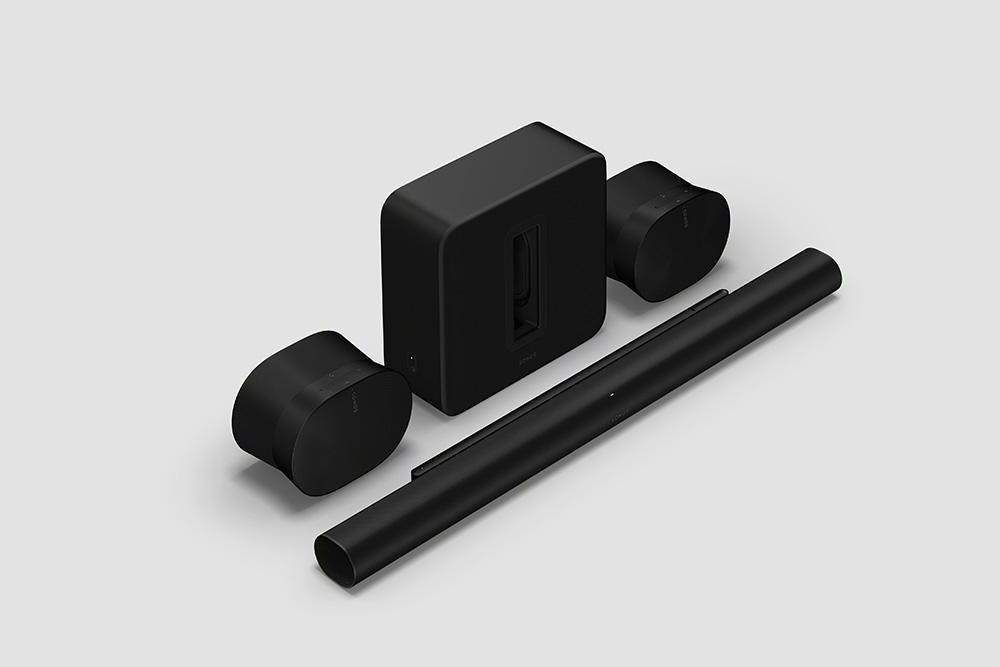
Acquiring companies that advance audio technology innovation has been central to Sonos’ product portfolio and growth strategy. In 2022, Sonos purchased Mayht Holding BV, a Netherlands-based firm taking a revolutionary approach to audio transducers, a foundational element for creating sound. Mayht’s contribution was reimagining transducer design to be smaller and lighter. Integrating the technology and Mayht’s key engineering talent into the Sonos engineering ranks provided a key opportunity to advance the Sonos product portfolio with higher quality sound while delivering new speaker solutions in imaginative form factors.
Mayht’s technology dramatically reduced transducer size by a factor of four or five times, and once part of Sonos, the charter was to scale those early products and proof of concepts to a consumer electronics line that could be cost-effectively mass produced.
“We were doing a lot of research, development, and prototyping—now we are the hardware research division within Sonos,” explained Naphur van Apeldoorn, senior manager, hardware development engineering, who came to Sonos via the Mayht acquisition. While at Mayht, Van Apeldoorn was responsible for expanding the transducer portfolio and making the technology mass producible. After the acquisition by Sonos, he was instrumental in getting the original Mayht technology (now called Sound Motion™) into Sonos' newest, most premium soundbar, the Arc Ultra.
While traditional transducers are a commodity audio element with proven design best practices, the Mayht transducer technology served as a blank slate for Sonos engineers to reimagine what’s possible. To do so, the engineering team required a design platform that fostered collaboration and could support myriad iteration cycles. Traditional on-premise, file-based CAD systems were not aligned with the level of agility and flexibility the transducer team needed to double down on experimentation and prototyping.
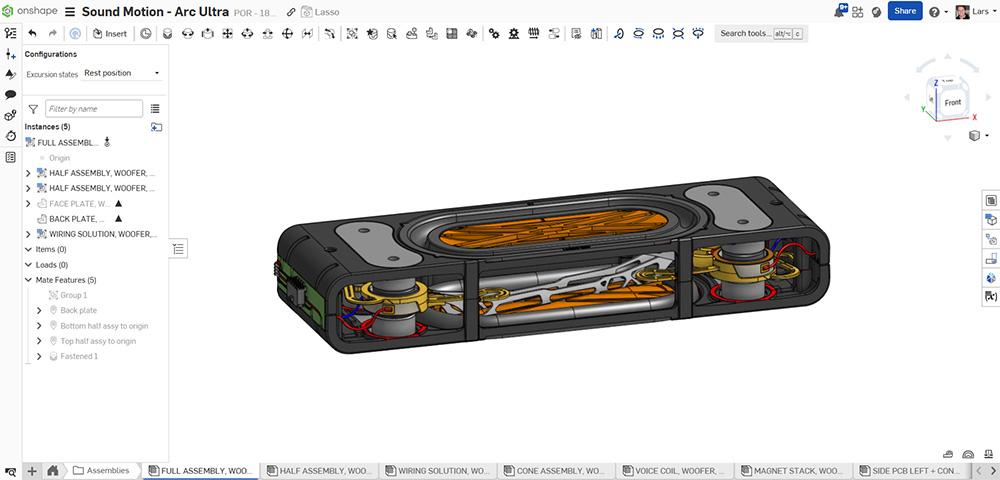
“Technologies like rapid prototyping, CNC milling, and 3D printing were making cycles faster in mechanical engineering, but the software tools most engineers were using were outdated,” van Apeldoorn said. “Onshape was a very welcome tool to fast-track hardware innovation.”
Onshape drives fast and flexible experimentation
Once they became part of Sonos, there was little appetite to disrupt engineering workflows. The Mayht team was given the go-ahead to keep using Onshape, at least for a period of time. Today, even while the development organization is primarily standardized on Siemens NX CAD software, the Netherlands-based transducer team remains committed to Onshape, drawn to key advantages like collaboration, rapid prototyping, and design flexibility.
As the team began to reimagine transducer design to fit existing and future Sonos products, the ability to fast-track experimentation was critical. One key project, the Sonos Arc Ultra soundbar, demanded totally fresh design thinking, which raised the bar for a toolset that would promote design iteration and collaboration.
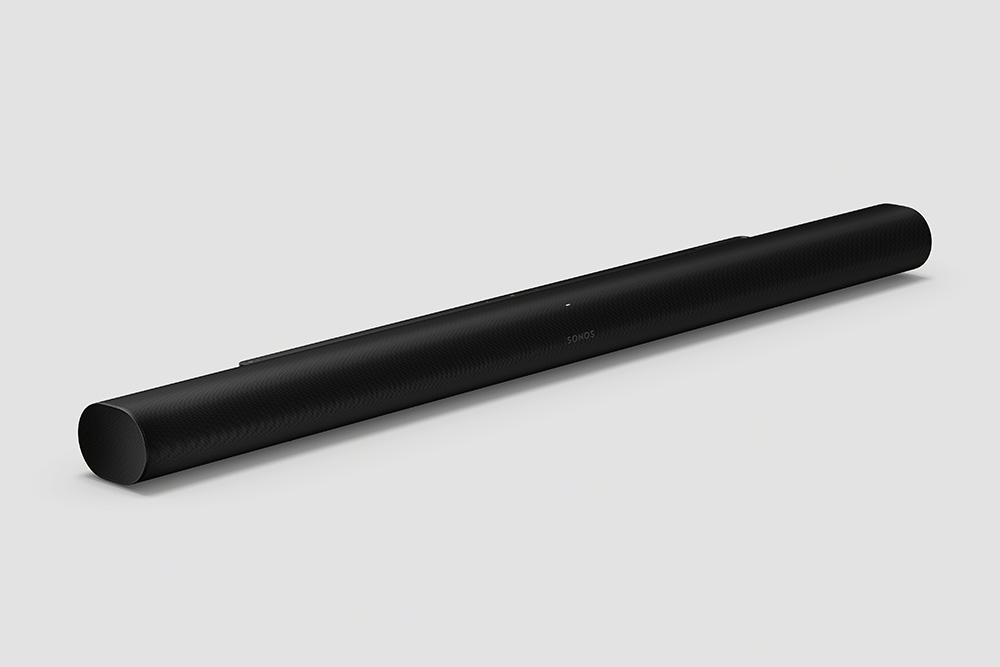
“It was like a clean canvas again—there were no standardized practices or agreement on the shape of different parts,” van Apeldoorn explained. “We needed to remain flexible and iterative.”
For example, the traditional transducer was a cone or triangle shape; for the Arc Ultra line, the team ended up with a rectangular transducer design that was more in line with the elongated footprint of the Sonos soundbar.
The other major issue was coming up with a product concept that could successfully scale to production while meeting the industry yield benchmark. The typical transducer has almost a dozen parts, so the need for easy assembly was crucial.
“We needed to be able to design connections between all parts in such a way that we could account for the tolerances of each,” explained Lars Wouterse, senior hardware development engineer for Sonos and a key member of the transducer team.
Onshape was essential for helping the team meet both those challenges. The platform’s branching and merging capabilities allowed multiple people to work seamlessly on different parts of the transducer design—and different designs—simultaneously. Once there was consensus, the relevant branches were merged, allowing the team to progress the design in parallel while keeping track of part relationships and orientation.
“If collaboration can be instantaneous and without conflict, it makes things run much more smoothly,” Wouterse said.
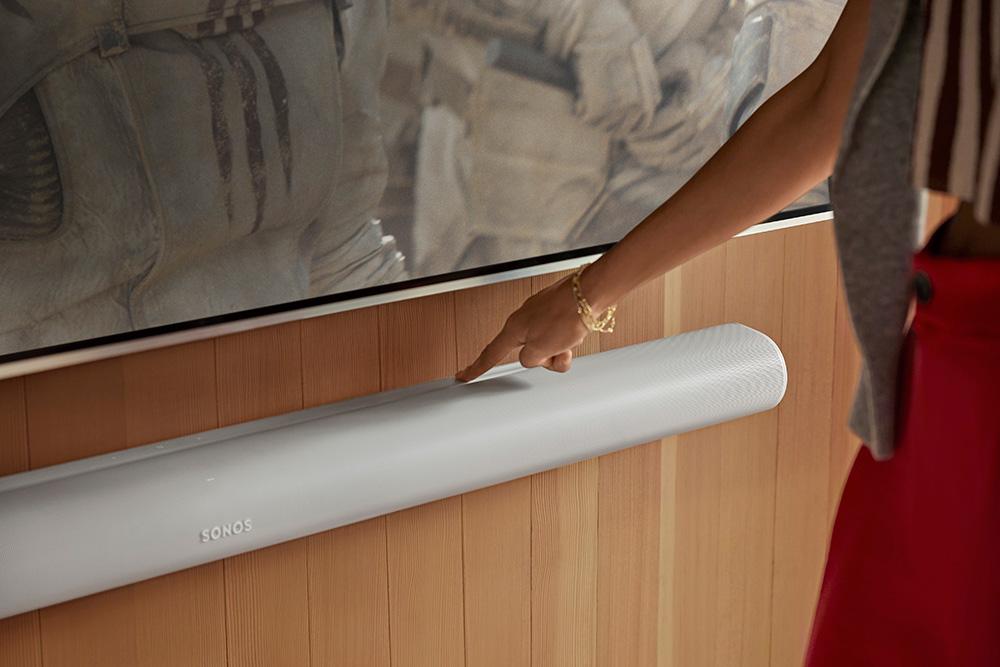
The agile approach helped with design for manufacturability while also streamlining version control by eliminating check-in, check-out conflicts. This was especially important since the transducer comprised roughly 18 unique parts.
“We were designing in the afternoon and would run the 3D printers overnight,” Wouterse explained. “We would collect the parts in the morning, build the prototypes, do measurements, learn from those prototypes, and implement the learnings in the next design cycle so the loop would continue.”
A symphony of efficient design workflows
As a cloud-based platform, Onshape’s ability to make all designs and design capabilities available on a mobile device was another important asset during the production phase. With the engineering teams and factory lines based in different time zones, Onshape let anyone access CAD files wherever they were located, allowing for quick clearance checks on parts or assemblies prior to full-scale production. Because Onshape was more accessible and usable by a wider range of people, it also enabled more eyes on designs, aiding in problem solving and optimization.

Onshape’s branching and merging capabilities have had the biggest impact on design workflows, decreasing the time it takes to come up with an optimized solution by as much as 30%.
“Because trying out new ideas didn’t disrupt the main branch, it incentivized us to try out all the ideas that came to mind,” van Apeldoorn said.
Onshape’s built-in simulation capabilities further streamlined collaboration, empowering teams to run multiple analyses without the lag time of switching software or cumbersome handoffs. Leveraging Onshape’s advanced capabilities has tripled the group’s design capacity without having to add more engineers to the transducer team. Up until two years ago, a team of three engineers was required to develop a transducer; today, through use of Onshape’s top-down assembly method and native simulation method (especially modal analysis), one engineer can design and simulate on their own while also cutting iteration cycles in half.
Improved version control capabilities have also led to faster design workflows. Onshape’s release management capabilities enable a single engineer to keep a clear overview of each part and assembly even during the release of more than 15 parts. Improved 2D drawing skills have also streamlined release management, Wouterse said.
“If you can stay in the engineering flow, that makes things smoother,” he added.
Onshape’s overall reliability—Wouterse and team have experienced zero downtime and never lost work—cost effectiveness, and quick-response support have been instrumental in Sonos’ ability to double down on experimentation. Looking ahead, Wouterse is looking forward to more automation and feature scripting capabilities, using Onshape to automate the mundane work so they can focus on what’s core to the Sonos mission.
“If we get all of that up and running, we can spend less time on repetitive tasks and more time on solving and innovation,” Wouterse said. “Onshape lets you enjoy all that is engineering. It makes the work more fun.”
